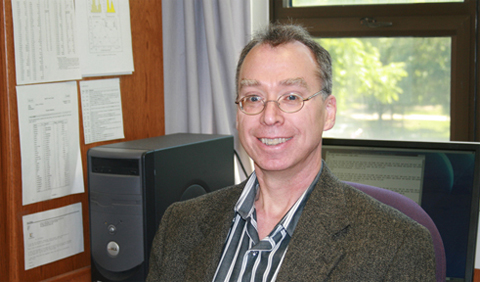“How big can a star be? Astronomers thought they knew the answer, but new evidence from the Hubble Space Telescope shows once again that the universe holds surprises,” writes Dr. Kenneth Hicks, Professor of Physics & Astronomy at Ohio University, in his March 27 Columbus Dispatch column, “Astronomy: Massive stars, found by Hubble, pose huge mystery.”
…The record holder is a star called R136a1, which has a mass that is 250 times larger than our sun’s. In the same star cluster, eight other stars have masses more than 100 times our sun’s. It is a mystery how so many ultra-massive stars could form in a single cluster.
To understand why this is so mystifying, you have to imagine how stars might form.
Starting from a swirling gas cloud, perhaps a remnant from previous supernova explosions, the denser regions of gas and dust start to accumulate more gas by gravitation. Eventually stars and planets form. Once there is enough gas, the pressure becomes great enough for the star to ignite.
Heat from fusion is enough to blow off the outer-most layer of the star, creating a stellar wind. The stellar wind blows back the outside gas, stopping further accumulation.
In short, once a star has enough gas to ignite, it shouldn’t get any bigger. Clearly, a star with our sun’s mass can ignite. So how does nature form stars with masses more than 100 times greater than that?

















Comments